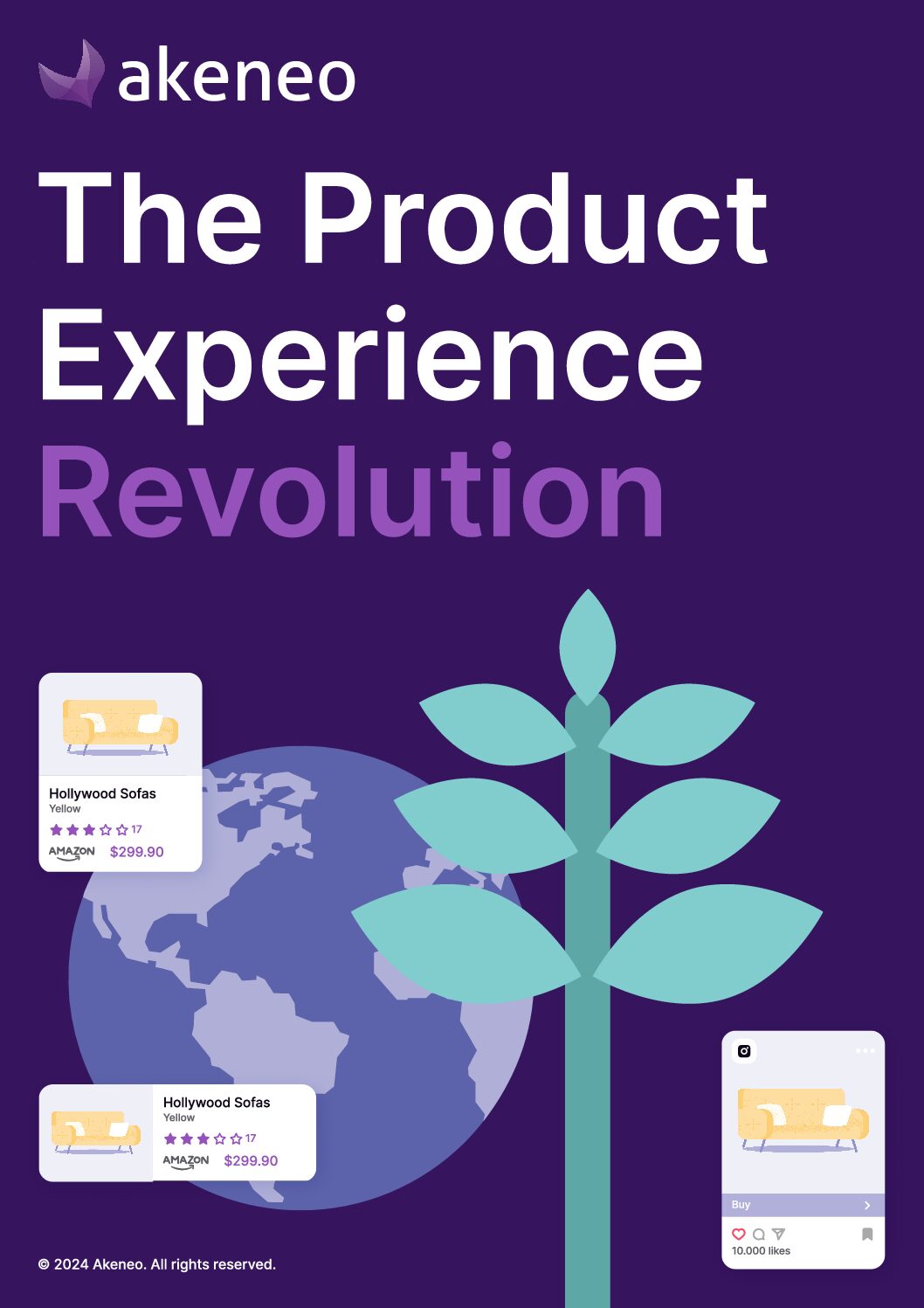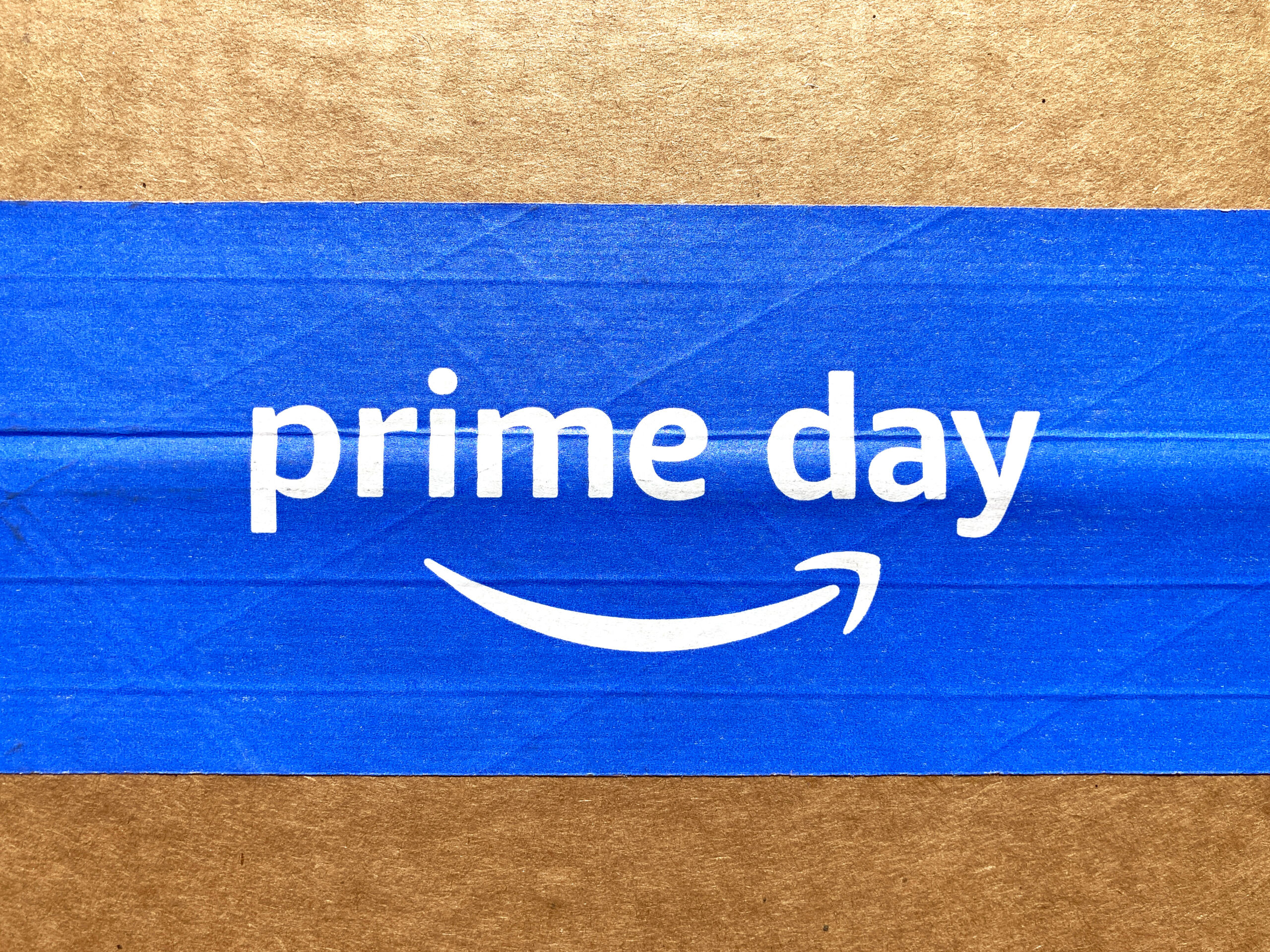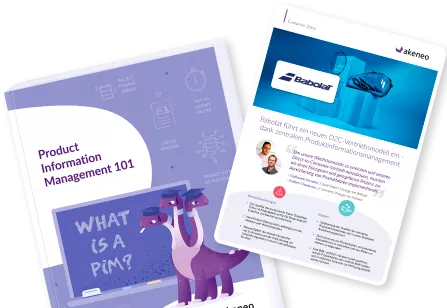In a world of doorstep deliveries and instant gratification, one thing has become abundantly clear:
Convenience often trumps sustainability.
But convenience often comes at a cost, typically to both our pockets and the planet. While it might be easy to overlook the consequences of tossing away an old smartphone or replacing a barely worn shirt, the cumulative effects of these choices are far-reaching and alarming; in fact, a recent study found that only one percent of products are still in use six months after their purchase.
Landfills overflow with mountains of discarded items, oceans suffer from plastic pollution, and wildlife faces threats from toxic waste; disposable, low-quality products contribute to a cycle of resource extraction, production, and disposal, generating unprecedented amounts of greenhouse gasses and depleting natural resources.
“If our demands on the planet continue to increase at the same rate, by the mid-2030s we would need the equivalent of two planets to maintain our lifestyles.” WWF International Director General, James Leape
It’s all too easy to place the blame on the consumer, but in the midst of a cost-of-living crisis, the allure of cheaper products can often be too tempting. And although these items often come with a lower price tag initially, repeated purchases add up over time and perpetuate a cycle of wasteful spending.
What is Reckless Consumerism?
Reckless consumerism refers to the excessive and often irresponsible consumption of goods and services, typically characterized by:
- Overconsumption: Buying more products than necessary, leading to waste, unnecessary expenditure, or excessive returns
- Short product lifecycles: Preferring disposable or quickly outdated items rather than durable goods
- Impulsive buying; Making unplanned purchases based on emotional triggers or marketing influences rather than actual need
Reckless consumerism can manifest itself in many different ways within the market, but let’s take a look at a few of the most common examples.
1. Serial Returners
In recent years, there’s been an uptick in shoppers who have been dubbed “serial returners”, meaning customers who intentionally buy more products than they need with the intention of returning some or all of the products.
The main issue with serial returners is that returned items often cannot be resold as new, leading to increased waste and disposal issues. Additionally, the logistics of returning goods involve extra transportation, which increases carbon emissions and negatively affects the environment.
The processing of returns also incurs expenses for retailers, which can result in higher prices for all consumers or more strict return policies,
2. Planned Obsolescence
If you’ve bought a smartphone in the past decade, you’ve likely heard of the term “planned obsolescence”, which describes the practice of intentionally designing products that will break or become unusable in the near future to encourage sales of upgrades or new products. This tactic forces consumers into frequent replacements, leading to increased consumption and waste as discarded products often end up in landfills, contributing significantly to pollution and environmental harm.
This practice also exploits consumers by compelling them to spend more money on replacements rather than investing in durable, long-lasting products. The constant need to produce new items to replace obsolete ones also leads to inefficient use of resources and energy, exacerbating the strain on our planet’s limited resources.
3. Fast Fashion/Microtrends
One of the biggest culprits of reckless consumerism is the fast fashion industry.
Through the rapid production and consumption of low-cost clothing items that follow fleeting trends, this industry encourages high turnover, prompting consumers to frequently update their wardrobes to stay in style, resulting in the quick disposal of old clothes.
The fashion industry in general is a major contributor to pollution, including water pollution from dyeing processes and microplastic pollution from synthetic fibers, and the rapid pace of microtrends nowadays only exacerbates this.
Additionally, fast fashion often relies on low-cost labor in developing countries, where workers may face poor working conditions and low wages, which is neither sustainable nor ethical.






